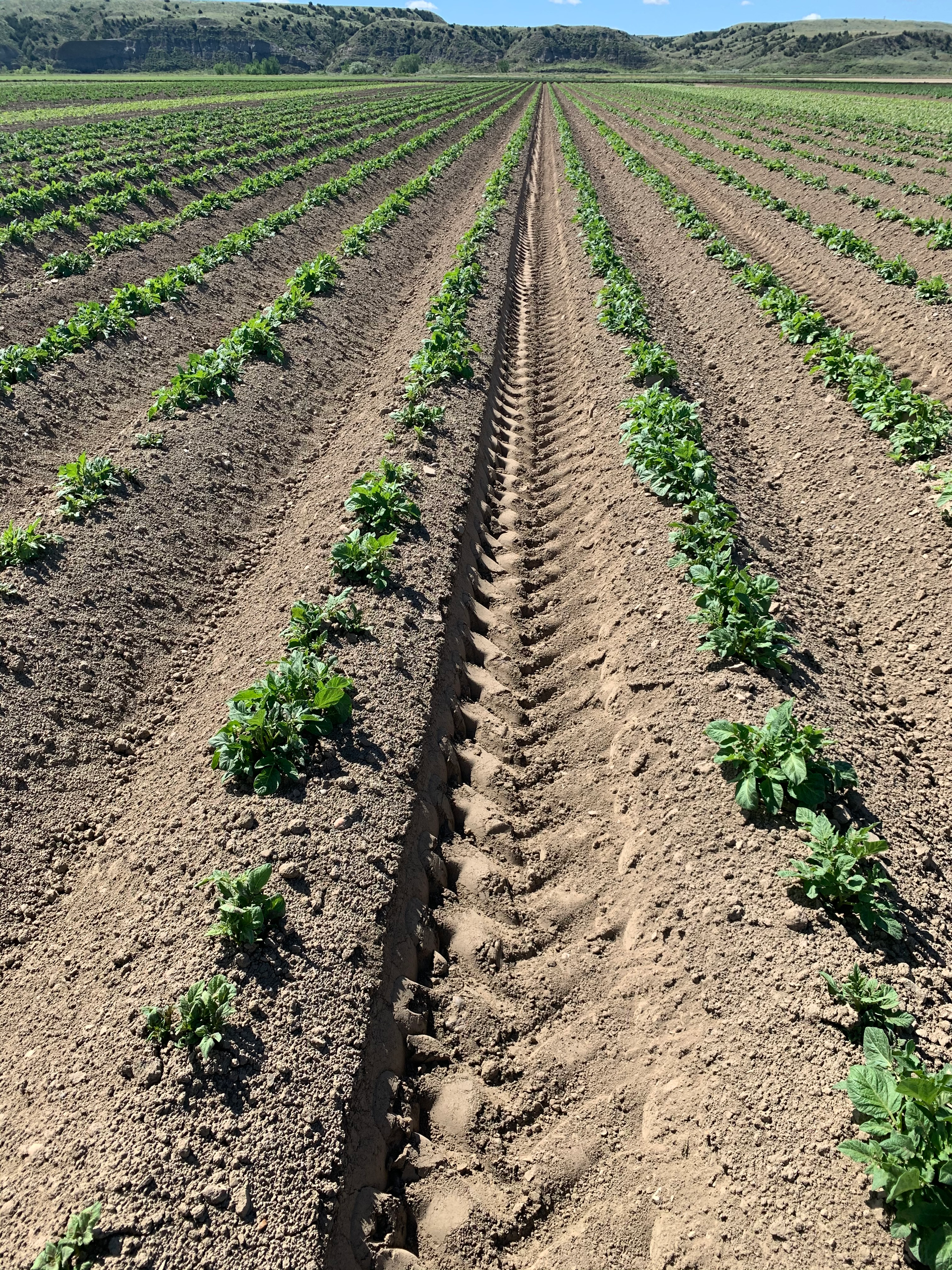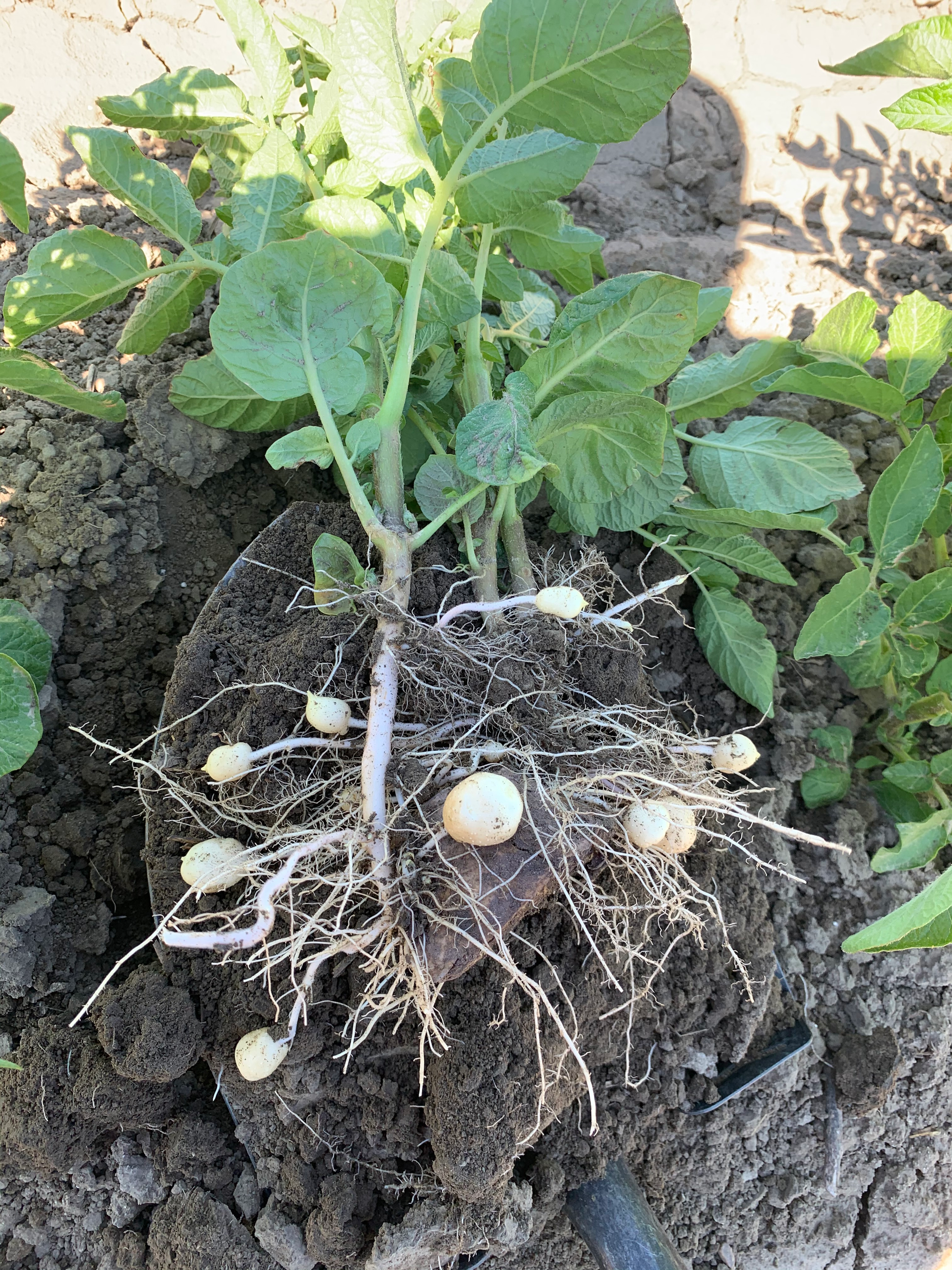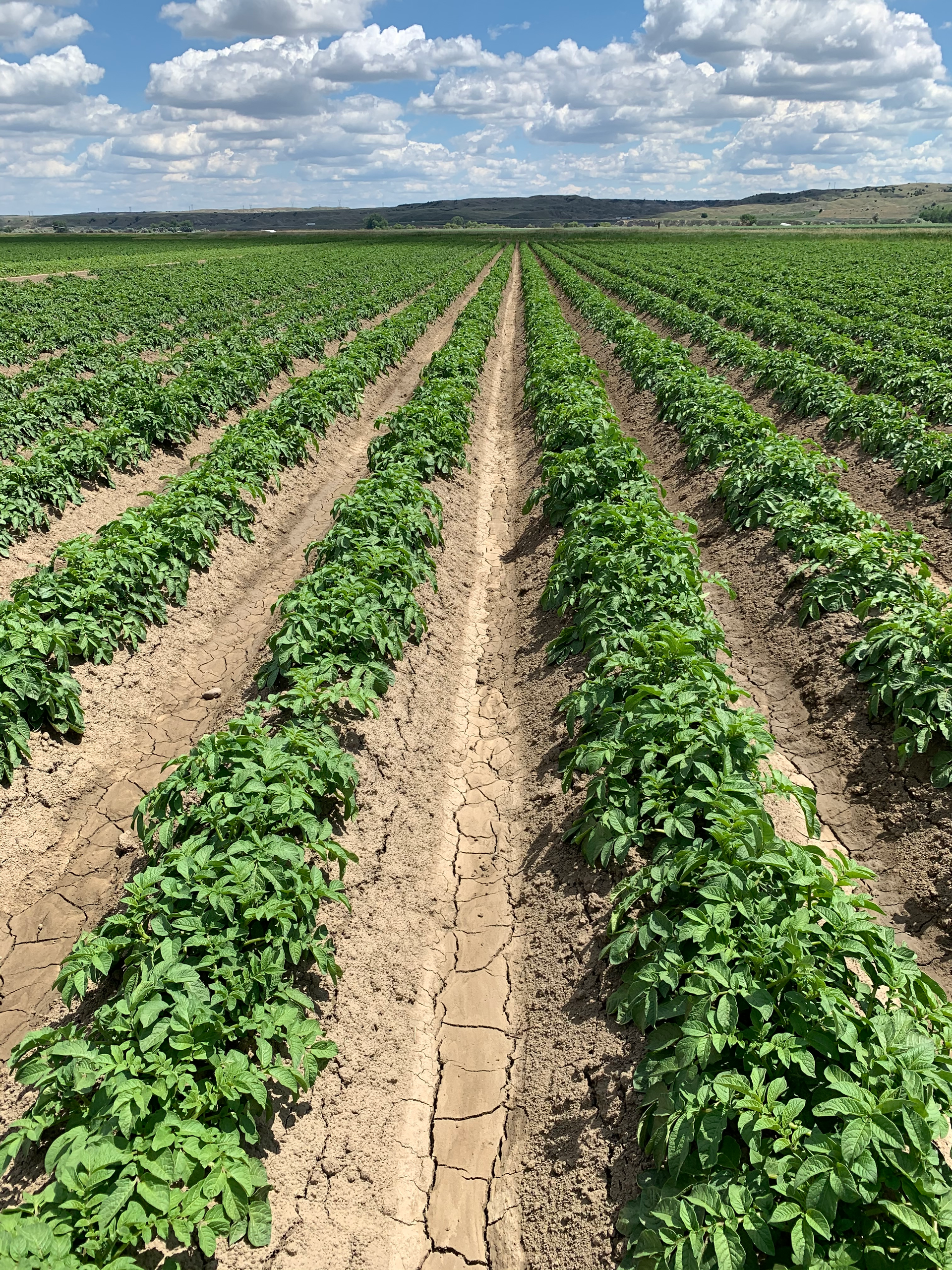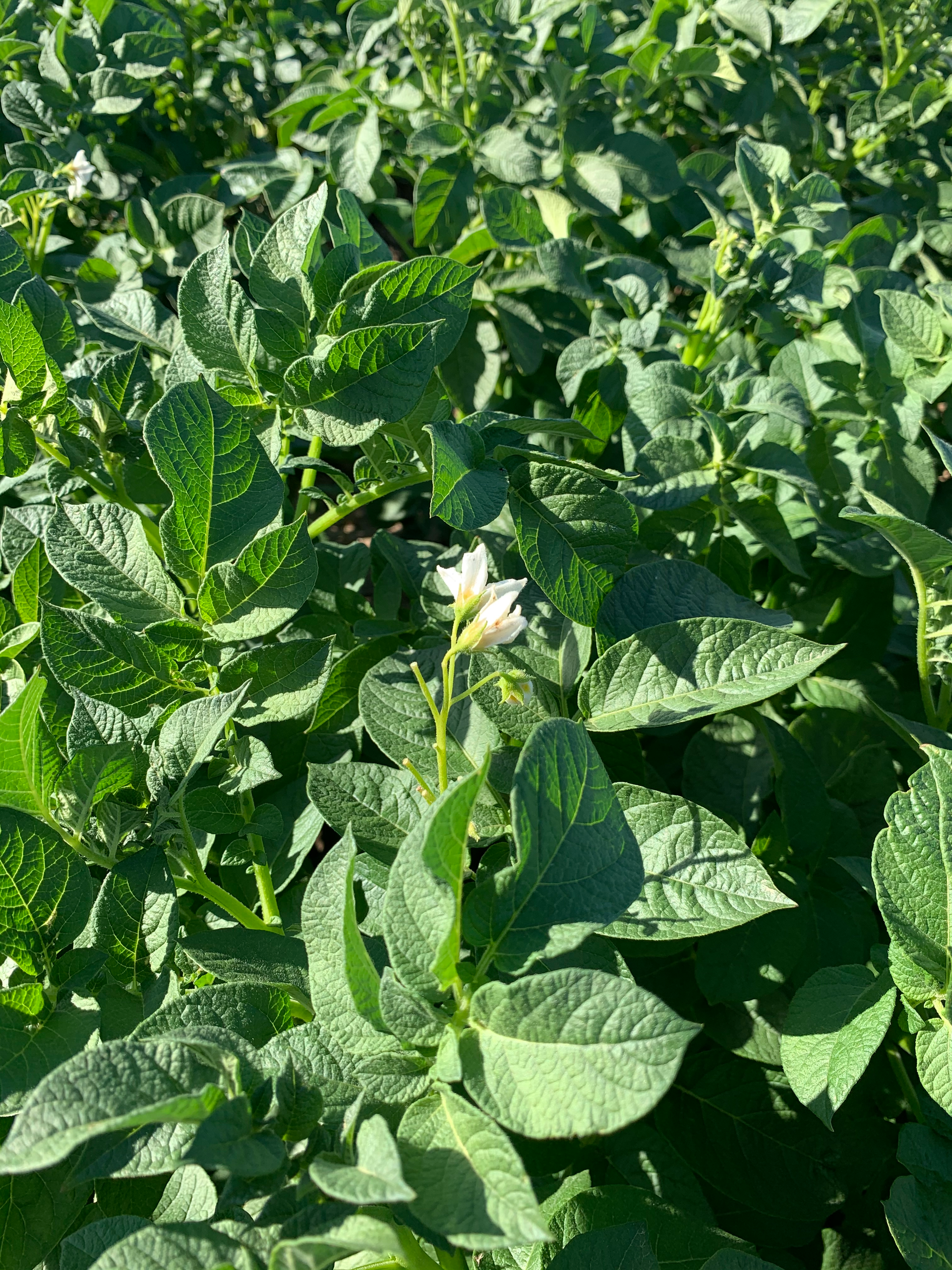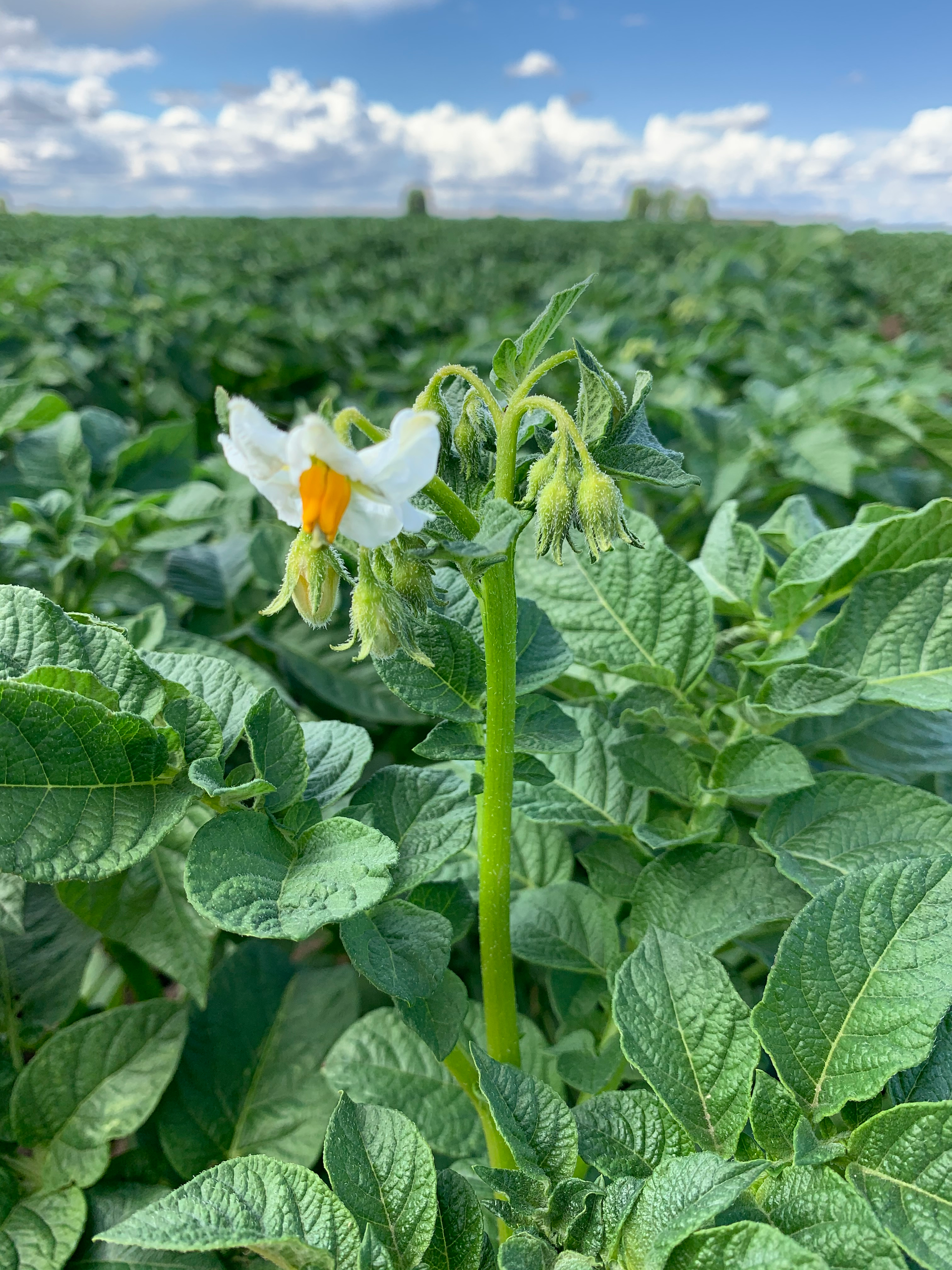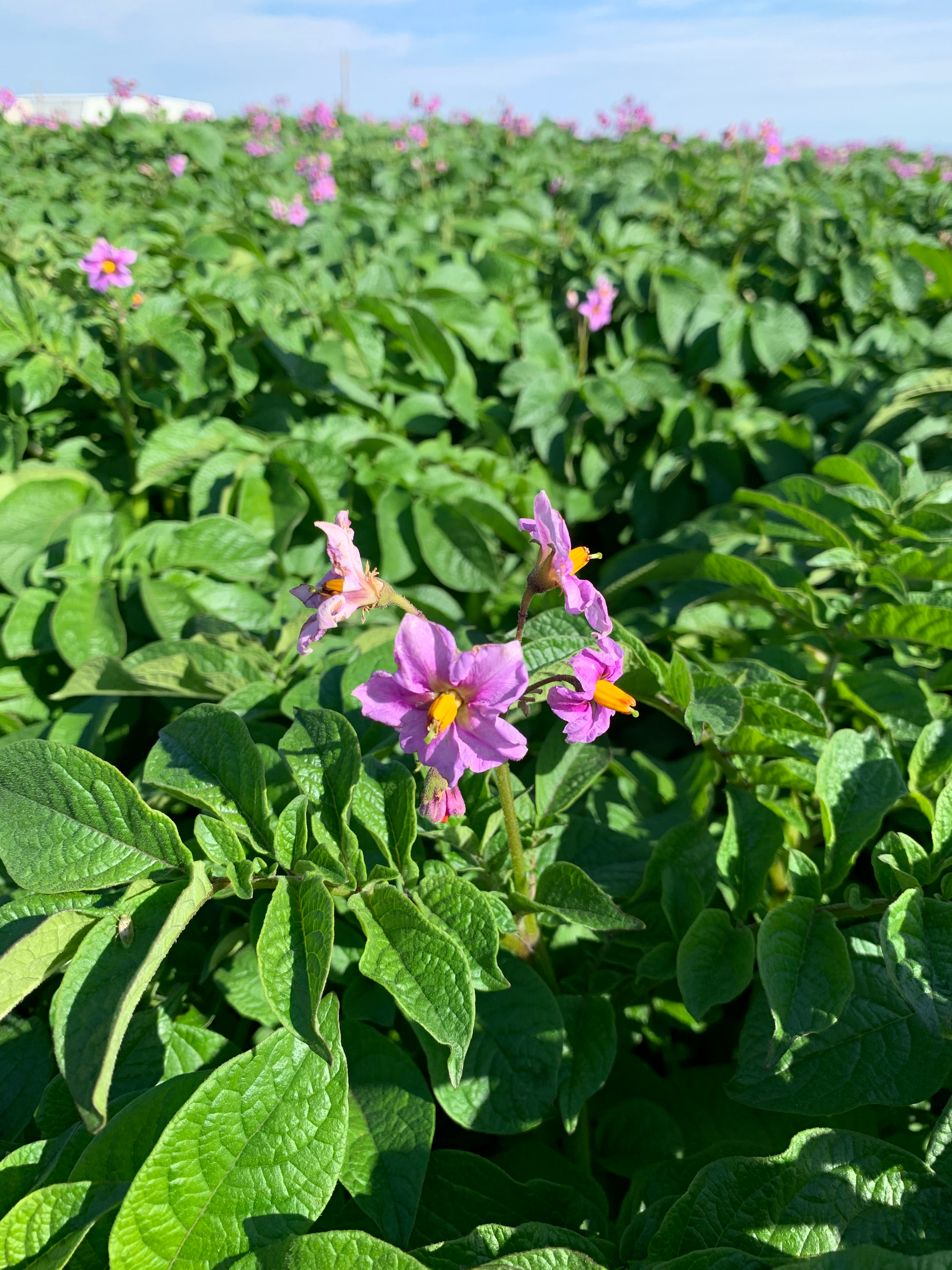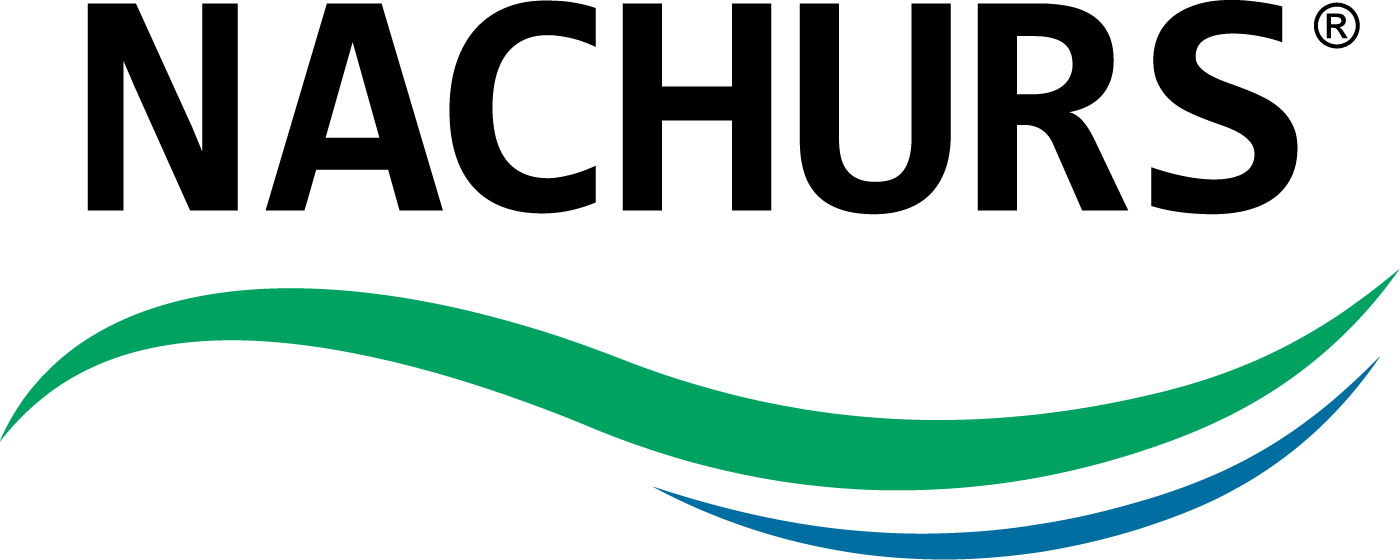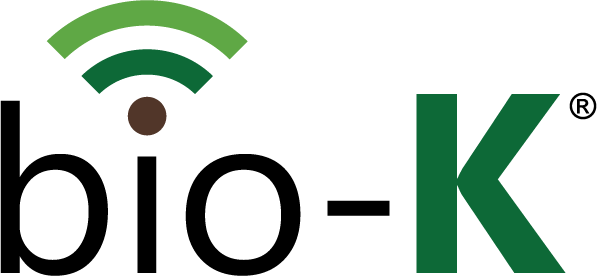Crop Spotlight - Potatoes
Crop Spotlight
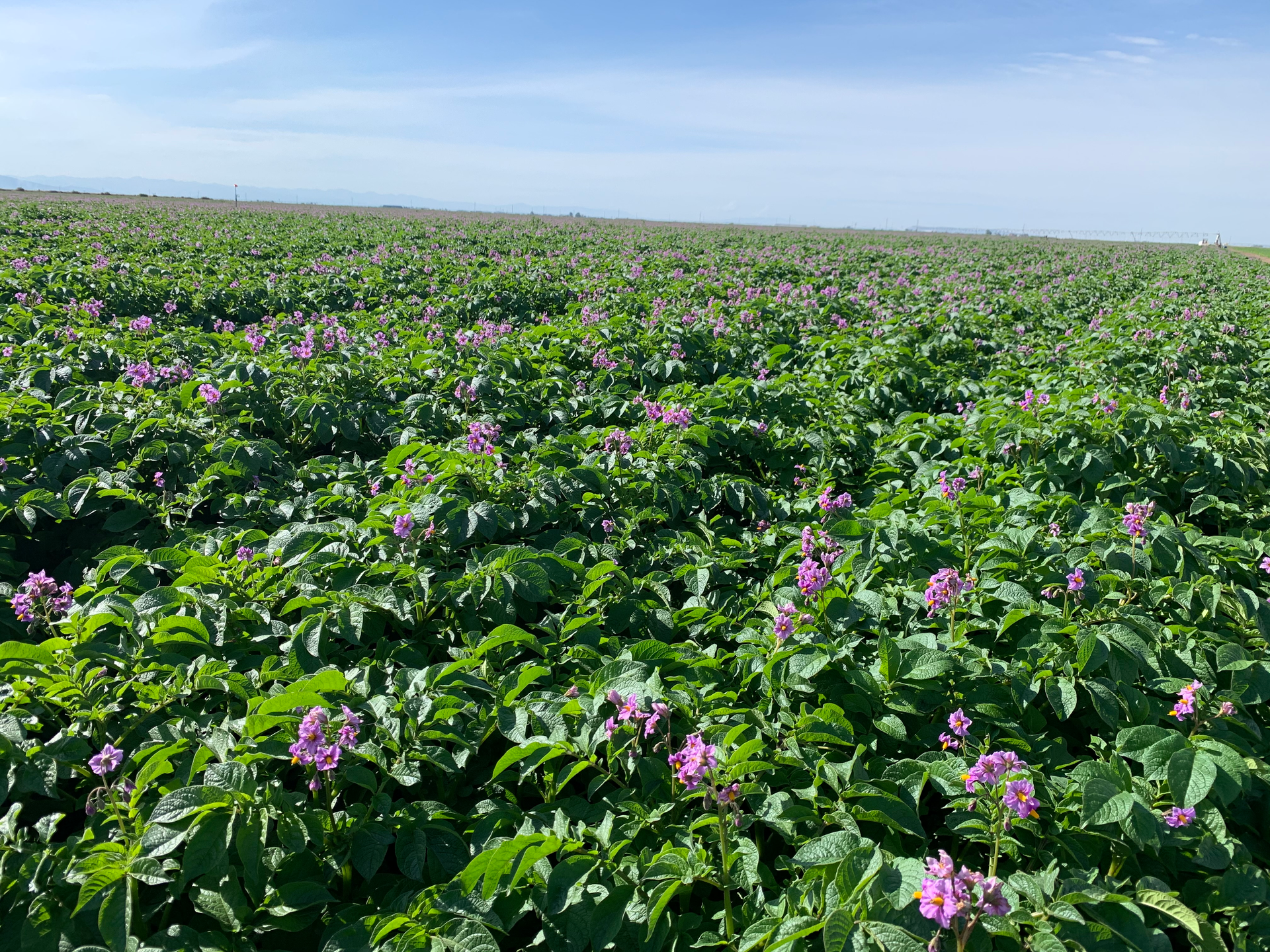
Jill Herold, Sales Agronomist US West
Potatoes
Potatoes are primarily located-
Potatoes, whether for seed, processing, or table/fresh, are grown in almost all 50 states of the United States.
Common deficiencies for potatoes-
Potatoes love phosphorus and potassium. Still, plant health would be better with certain micronutrients like Zinc, Copper, Manganese, and Boron. Growers may find themselves deficient in these micronutrients when it’s too late.
What are the periods of influence for potatoes-
There are several critical periods of power for potatoes, from early on at planting up to bulking and skin set. One of the essential timings is tuber initiation. This is when the potatoes determine the number of tubers per plant. The plant determines tuber set based on several factors, not just variety/genetics, but environmental stressors and nutrient availability. These factors coincide. The plant can withstand stress and focus on tuber production if the proper nutrients are available.
Ensuring the potato crop has the right amount of nutrients is vital to producing healthy tuber sets while guaranteeing the plants have enough “gas in the tank” to finish out during bulking. Impacts on nutrients in season can influence how well the potato crop will store. For example, suppose the tubers have sufficient levels of Calcium. In that case, the tubers hold up better during harvest and abstain from pressure bruising, which can reduce secondary infections in storage and shrinkage.
How NACHURS can help your crop-
Growers are very cognizant of putting plenty of needed nutrition in the band and in-furrow when the potato plant gets started. However, the stolons reach out when those little rosettes pop up, hooking and swelling to form tuber initiation. It’s at this stage that foliar nutrition starts. We fondly nicknamed it “2 and a Q” for 2 gallons of K-fuel® and 1 quart of Finish Line®. The Bio-K® in both products facilitates the essential micronutrient package and fulvic acid in Finish Line to enter the plant. Calcium helps prevent pressure bruising and helps with disease resistance. The nutrient that helps Calcium get where it needs is Boron. Zinc regulates starch content. Copper is a great way to increase cell wall strength and support photosynthesis and respiration. And manganese helps move carbohydrates from the leaves to the tuber. Hence, it’s a great time to support these processes by applying Finish Line at tuber initiation. Also, keep an eye on petiole results and use an early season application of “2 and a Q” (2 gallons of K-fuel and 1-quart Finish Line) at tuber initiation.
For more recommendations or questions, please contact your local NACHURS sales manager.
Pictures below-
